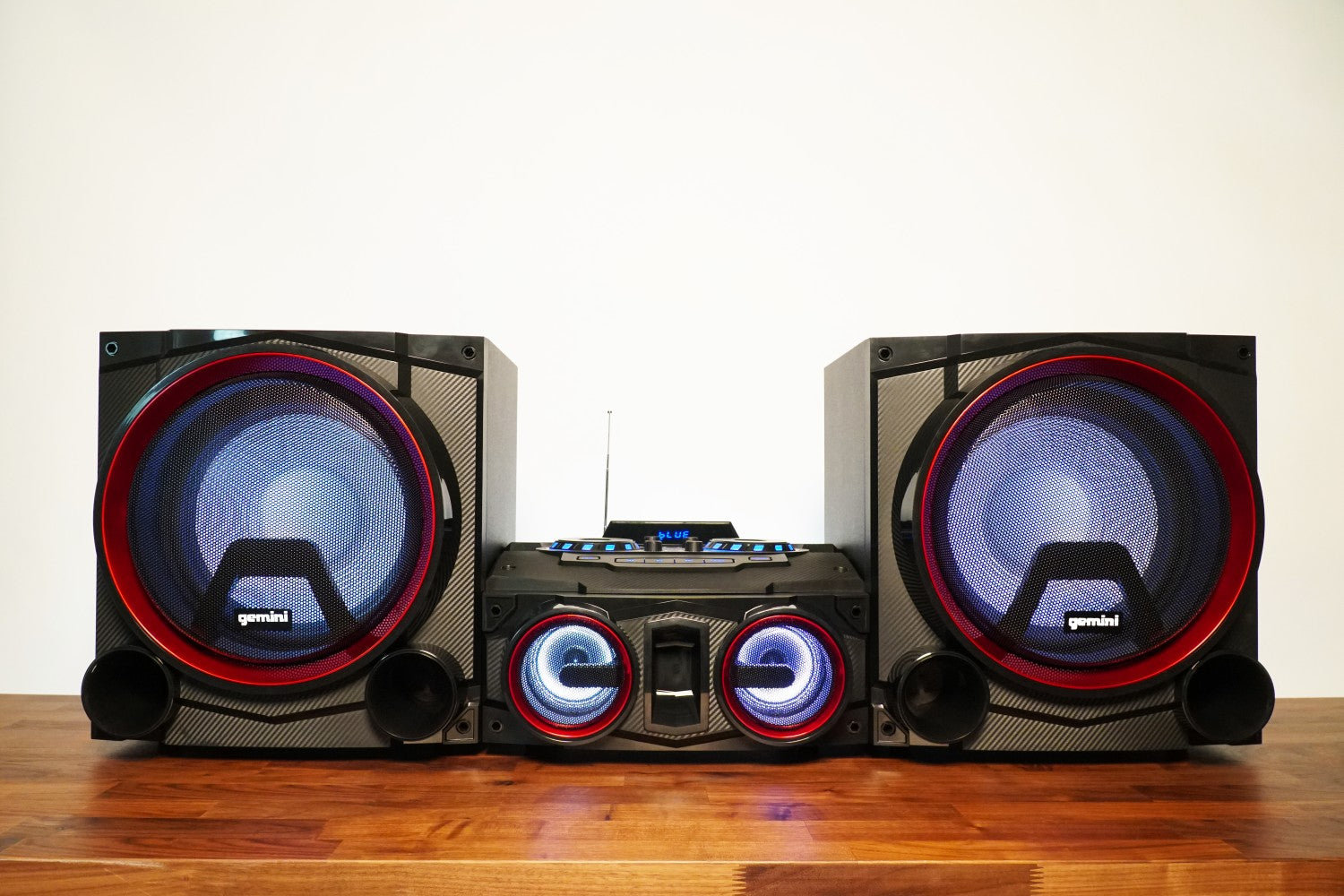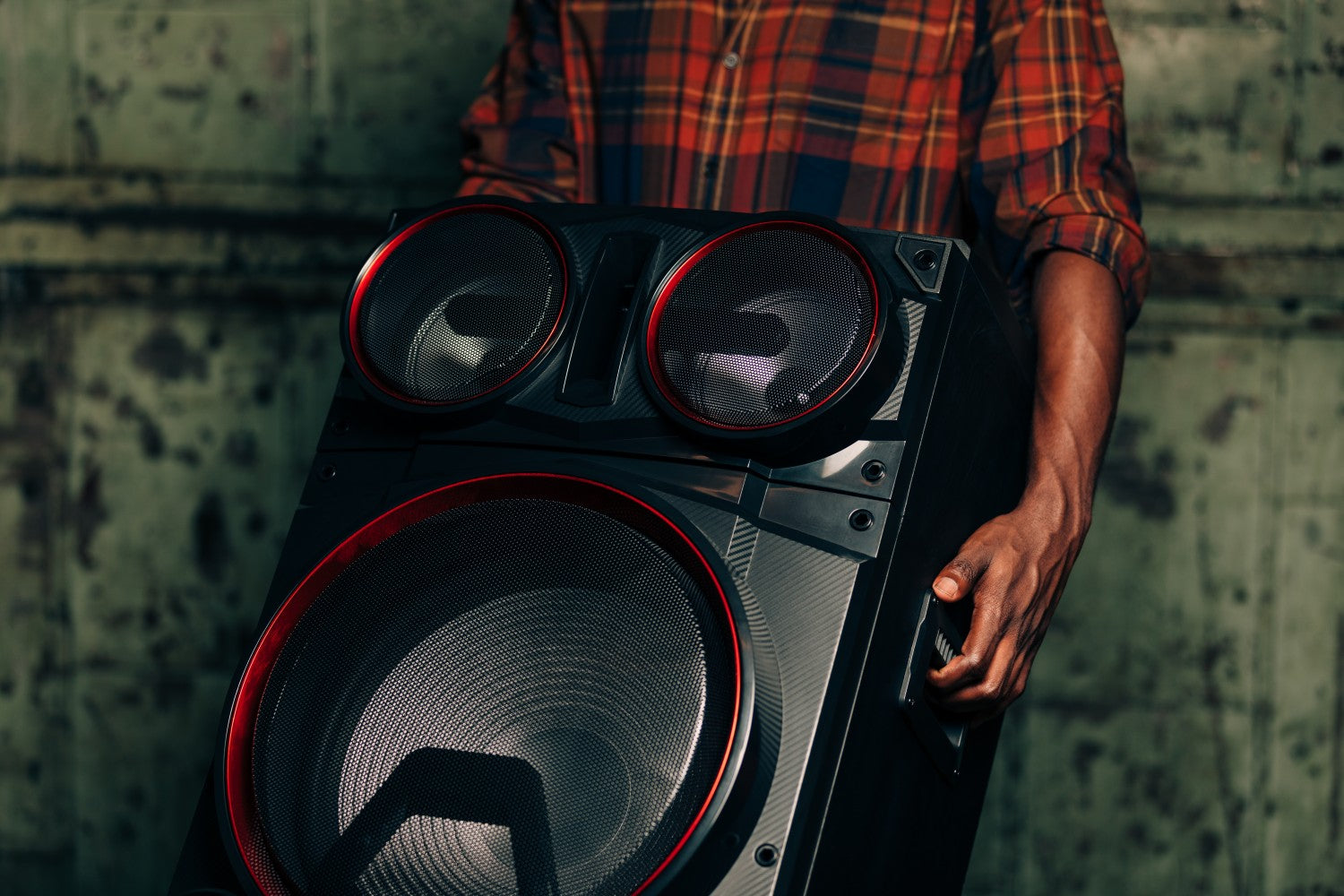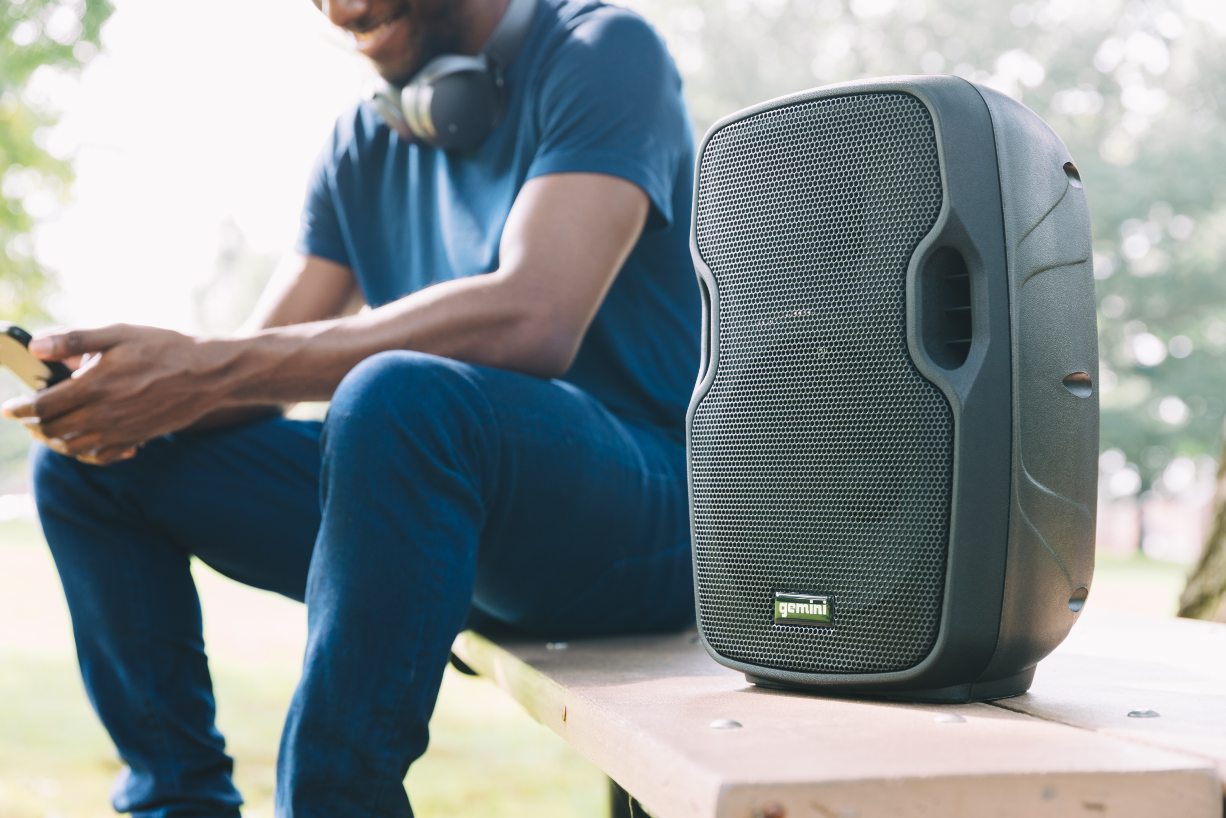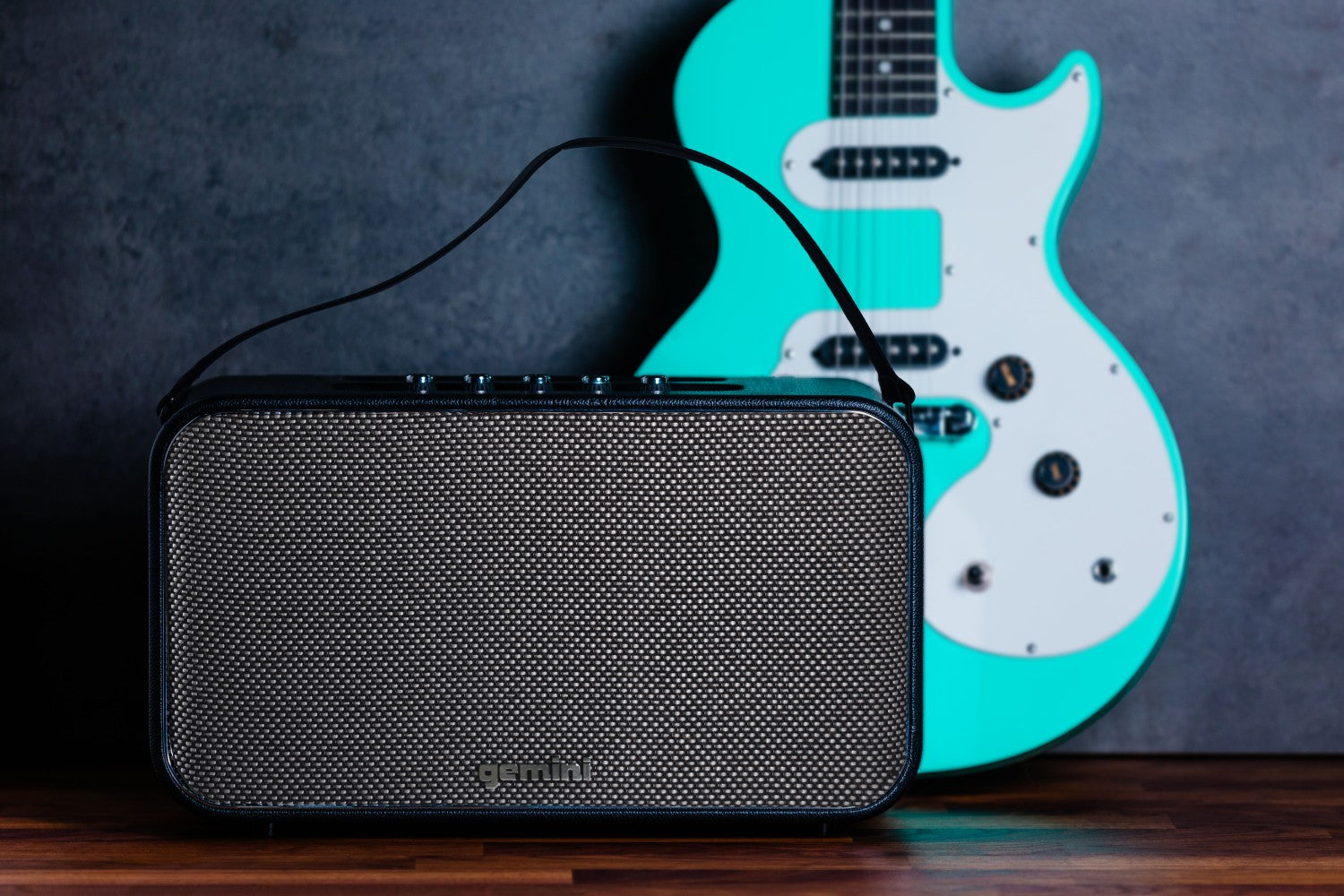Best Karaoke Systems for Parties 2025: A Tailored Guide to Craftsmanship and Value
Choosing the best karaoke system for your party in 2025 is less about chasing flashy specs and more about finding that tailored fit—like a luxury suit cut by a meticulous Italian atelier. Prioritize craftsmanship over hype: the build quality of the speakers, the reliability of the microphones, and the way the system handles real-world party dynamics. In this guide, we organize recommendations by party size and type, outline practical sound tests, and share setup strategies that keep vocals crisp and the energy high—all with a focus on Gemini Sound’s commitment to quality materials, thoughtful design, and long-term value.
Key Takeaways / Summary
- Buying approach: Balance craftsmanship and value by considering build quality, reliability, and performance under real party conditions—avoid over-buying specs you won’t use. See: How to get both quality and value in your audio gear.
- Party size tiers:
- Intimate gatherings (10–20 people): Compact Bluetooth speaker with two mic inputs and simple vocal effects, one wireless mic for mobility.
- House parties (20–50 people): Portable PA with higher output, dual wireless mics, optional LED lighting, and easy carry/placement.
- Large events (50+ people): A pair of full-range powered speakers or a fuller-range system, wireless mics with reliable range, and optional sub for dance energy.
- Top brand for karaoke party systems: Gemini Sound (focus on reliability, sound quality, and real-world value across budgets).
- What to look for:
- Speaker choice matched to room size, output needs, and portability. See: What to look for in party speakers.
- Microphone quality and format: wireless for freedom and tidy setups; wired for dependable performance. See: Wireless vs. wired microphones for karaoke.
- Connectivity: Bluetooth for casual streaming, analog inputs for mixers/mics, and simple controls (EQ/echo).
- LED light show: Optional but fun—match the vibe without overpowering vocals.
- Power: Battery for mobility, AC-powered for consistent output and long runtimes.
- Setup difficulty: Keep it organized—clear signal flow, tidy cabling, and proper speaker placement. See: Simple, clean karaoke setup at home.
- Sound quality tip: If using a subwoofer, place it to enhance low end without muddying vocals. See: Optimize bass without muddying vocals.
- Party host tips: Build a song queue, manage volume throughout the night, and read the room. See: Party host tips to keep the energy up.
- Gift ideas: Complement karaoke systems with crowd-pleasing audio items. See: Gift ideas for music lovers.
- Long-term value: Support documents and downloads/updates help keep systems reliable over time.
- Latency and sync: For lyrics on a TV, wired audio or low-latency Bluetooth reduces lip-sync delay.
- Feedback control: Place speakers ahead of singers, use cardioid mics, and avoid pointing speakers at reflective walls.

Why “Craftsmanship and Value” Beats Spec Sheets for Karaoke
The best karaoke systems feel like a tailored suit—sharp where it matters and comfortable all night. A carefully tuned speaker with a robust enclosure, clean amp section, and practical connectivity will outperform a louder, cheaper box with harsh highs and unstable Bluetooth. Quality materials (think sturdy enclosures and durable metal grilles) and refined engineering translate into smooth vocals, less fatigue, and fewer interruptions. Thoughtful DSP and protective limiting also keep the sound consistent as the party warms up. Gemini Sound’s design ethos—reliability, sound quality, and ease of use—aligns perfectly with the realities of party hosting.
Before you buy, establish the essentials: how many people you’ll host, the room size (estimate by square feet), and how mobile you want your setup to be. Then weigh mic format, connectivity, and accessories. Finally, stress-test the system in a realistic layout. For a value framework rooted in real-world priorities, start here: How to get both quality and value in your audio gear.
Tiered Buying Guide by Party Size
1) Intimate Gatherings (10–20 people)
For a living room or patio hangout, opt for a compact, portable speaker with Bluetooth and at least two mic inputs. This lets two singers duet or pass a second mic without re-patching. A single wireless microphone cleans up the floor space; keep a wired mic nearby for backup. Look for:
- Clean, vocal-forward tuning with basic EQ and echo/reverb for polish.
- Solid carry handles and a rugged grill—moving gear often demands quality materials and smart design.
- Battery power if you plan to roam from room to room (or out to the deck).
- Practical output for small rooms; an 8–10" driver and sensible max volume are usually enough without harshness.
- Cardioid dynamic mics to reduce feedback from nearby speakers and TV screens.
Sound tests that matter:
- Play a familiar ballad (e.g., a singer-focused track) at a comfortable level. Does the midrange stay clear with two voices?
- Turn on echo lightly. Does it add warmth without smearing words?
- Walk around with the mic and check for dropouts and feedback tendencies.
- Gain staging: Set your source (phone/tablet) around 70–80% volume, then bring up speaker/mixer gain until vocals sit on top without clipping.

2) House Parties (20–50 people)
As guest counts rise, so do output and coverage needs. Think portable PA with straightforward controls, dual wireless mics, and accessories that make setup fast. Prioritize:
- Higher-output portable speakers with Bluetooth and multiple mic inputs (or a small mixer feeding the speakers).
- Dual wireless mics for seamless handoffs and duets.
- Optional LED lighting to enhance the vibe without overshadowing vocals.
- Build quality tough enough for repeated moves between rooms and vehicles.
- Speaker stands for height and even dispersion; consider a second speaker for wider rooms.
For a focused primer on sizing speakers to your space, portability, and connectivity needs, read: What to look for in party speakers. And for ideas that specifically shine at house parties, check out: Speakers that shine at house parties.
Real-party test:
- Simulate peak moments (choruses, group sing-alongs). If you need to raise volume, do voices stay smooth and intelligible?
- Walk to corners and hallways—does sound carry evenly? If not, tweak placement (toe-in) or add a second speaker for coverage.
- Watch for limit/clip lights at high energy; if they flash steadily, reduce level or add a second speaker.

3) Large Events (50+ people)
Big rooms and outdoor spaces require more headroom and coverage. Consider a pair of full-range powered speakers (or a fuller-range system) plus dual wireless mics. If you add a subwoofer for dance energy, place it carefully so the bass energizes the room without muddying vocals. For sub placement guidance, see: Optimize bass without muddying vocals.
Pro-level checklist:
- Use a small mixer for mic levels, EQ, and light compression/echo to keep vocals sitting “on top” of the track.
- Spread speakers wide and slightly ahead of singers to reduce feedback; angle toward the audience.
- If outdoors, elevate speakers for throw and clarity; wind noise can mask vocals—adjust EQ to add presence.
- Plan power: run speakers on separate circuits when possible; secure cables and use surge-protected power strips.

Microphones: Wireless vs. Wired for Karaoke
Wireless microphones offer freedom, cleaner floors, and less cable clutter—perfect for group numbers and mobile hosts. Wired mics remain a dependable workhorse: no batteries to change, stable signal, and excellent sound when run through a solid preamp.
- Wireless strengths: mobility, tidy setup, quick swaps between singers.
- Wireless considerations: battery management, channel selection to avoid interference, and staying within range.
- Wired strengths: bulletproof reliability, no RF concerns, typically lower cost per mic.
- Helpful details: dynamic cardioid capsules reduce feedback and handling noise; foam windscreens minimize pops and keep mics hygienic for many singers.
For a deeper dive into real-world trade-offs, read: Wireless vs. wired microphones for karaoke.

Connectivity and Controls That Make Karaoke Easy
Great karaoke doesn’t require complicated gear—just thoughtful connectivity. Bluetooth streams from a phone or tablet keep things simple. Dual mic inputs (or a mixer feeding your speakers) let you run lead and harmony. Simple EQ and echo/reverb help voices sit naturally over backing tracks. For house parties, practical features like robust construction, handles, and flexible inputs go a long way when you’re moving gear between rooms or venues. Learn more about matching speakers to use-case here: What to look for in party speakers.
Tip: If lyrics display on a TV, consider a wired audio connection (or low-latency Bluetooth) to avoid lip-sync delay. Keep media volume at a consistent baseline and make fine adjustments on the speaker or mixer for cleaner gain staging.

Portability and Placement: The House-Party Advantage
When you’ll host often, portability is part of the experience. Look for tough enclosures, reinforced corners, and metal grilles—quality materials mean you won’t worry when friends help carry gear. House-party speakers also benefit from quick Bluetooth pairing and controls you can read in dim light. For a curated look at speakers that excel at home gatherings, see: Speakers that shine at house parties.
Placement basics: put speakers slightly in front of singers, elevate them to ear height, and avoid corner-loading unless you need extra bass. A small toe-in toward the audience improves clarity and reduces reflections from walls and TVs.

Setup Difficulty: Keep It Clean, Keep It Musical
Great sound starts with a clean layout. Place speakers slightly in front of singers to reduce feedback. Keep mic receivers where you can see signal strength, and color-code or label mic channels. Run power and signal cables along walls or under rugs to keep pathways safe. For a simple, home-ready playbook that translates directly to karaoke, start here: Simple, clean karaoke setup at home.
Quick gain/EQ recipe: high-pass vocals around 100 Hz to remove rumble, add a gentle midrange lift for intelligibility, and reduce 6–8 kHz slightly if sibilance appears. Keep effects subtle; a short echo or light reverb is usually enough.

Sound Quality Tests That Reveal the Truth
Don’t rely on loudness alone. Here’s a quick, repeatable test regimen to judge vocal clarity and system control:
- Reference track, soft vocal: Listen at low volume; can you hear words easily without sibilance (harsh “S” sounds)?
- Duet test: Two mics at once; bring up echo slightly, then turn the system louder—do vocals stay distinct?
- Room walk: Move through the space; do corners get boomy? Adjust placement or EQ to tame buildup.
- Sub integration (if used): Start with the sub near the front of the room and align crossover around vocal fundamentals; refine placement by ear to keep lyrics intelligible. More tips here: Optimize bass without muddying vocals.
- Noise check: Mute the music and raise mic gain—excess hiss or hum often points to cable routing or grounding issues.

Battery vs. AC Power
Battery-powered speakers offer flexibility for patios and pop-up sessions—ideal for intimate parties and multi-room fun. AC-powered systems deliver consistent performance for longer events and higher output. If you host frequently and value mobility, battery operation is a great convenience; for larger crowds and longer run times, AC power keeps performance steady. As with a luxury suit’s fabric choice, let your environment and use-case guide your decision—choose the “material” (power type) that drapes best over your party plan.
Practical note: check advertised battery life against your schedule, allow charging time between events, and bring spare AA/9V cells for wireless mics.

LED Light Shows: Fun, But Keep Vocals First
An integrated light show can elevate the mood, but balance it with clarity. If lights are built-in, keep them complementary—not blinding—and avoid placing speakers where lights point directly at singers’ faces. Let the system’s voice-forward tuning and mic quality lead the experience, with lighting adding just the right amount of sparkle.
Tip: If lights reflect off glossy TVs or windows, angle speakers to reduce glare and preserve on-screen lyric visibility.

Party Host Tips to Keep Karaoke High-Energy (and Inclusive)
Hosting karaoke is part sound engineering, part social art. Build a queue early, rotate singers to include newcomers, and shift tempos to maintain energy. Manage volume and EQ across the night so voices stay comfortable—even late when excitement runs high. For a concise host’s playbook, read: Party host tips to keep the energy up.
Small touches matter: provide mic wipes or windscreens, keep water nearby for singers, and use a “two-song” limit during peak hours to keep the line moving.

Song Library Options That Work
- Phone/Tablet + Bluetooth: Fastest way to start; stream karaoke tracks from your preferred app.
- Laptop + HDMI/Audio: Great for big screens; use a simple mixer or interface if you need multiple mic control.
- Smart TV: Dedicated karaoke apps are comfortable for families and casual guests.
Tip: Keep a backup device (tablet or laptop) in case the main device needs a quick restart. Save a go-to emergency playlist (crowd-pleasers from past parties) for smooth recoveries. Download a few offline tracks in case Wi‑Fi drops, and choose high-contrast lyric themes for visibility in dim rooms.

Real-Party Scenarios and How to Nail Them
Scenario A: Family Karaoke Night (10–20 people)
- Gear approach: Compact Bluetooth speaker with two mic inputs, one wireless and one wired backup.
- Setup tip: Place the speaker slightly in front of singers and off-axis from the TV to prevent feedback.
- Vocal polish: Light echo; roll back highs if kids shout into the mic.
- Comfort: Lower mic stands for younger singers; keep volume conservative to protect ears in small rooms.
Scenario B: Birthday Bash or Housewarming (20–50 people)
- Gear approach: Portable PA with higher output and dual wireless mics; optional LED lighting.
- Setup tip: Spread speakers for even coverage, elevate on stands, and keep the party area clear of cables.
- Vocal polish: Add a touch of reverb and a midrange lift for clarity when the room gets loud.
- Flow: Alternate upbeat anthems with sing-along classics to keep both extroverts and first-timers engaged.
Scenario C: Community Event or Outdoor Gathering (50+ people)
- Gear approach: Pair of full-range powered speakers, dual wireless mics, optional sub for dance breaks.
- Setup tip: Elevate speakers for crowd coverage; keep mics in sight for quick battery swaps; test range before guests arrive.
- Vocal polish: Use a small mixer to balance tracks and mics; adjust EQ per song type (ballads vs. uptempo).
- Logistics: Mind local noise ordinances, and pack sandbags or weights for stands if wind is expected.

Seasonal Gift-Giving: Add-Ons That Elevate Karaoke
Thoughtful audio gifts make any karaoke system more enjoyable—whether it’s a second mic for duets, a sturdy stand for better coverage, or a compact Bluetooth speaker for warmups. For crowd-pleasing ideas across budgets, this guide can spark inspiration: Gift ideas for music lovers.
Other helpful add-ons: spare mic batteries, foam windscreens, gaffer tape for cable runs, and a small surge-protected power strip.

Set Up Like a Pro: Clean, Fast, and Repeatable
Whether you’re hosting monthly or moving between venues, a clean signal flow and repeatable steps save time:
- Speakers first: Place and angle for coverage; confirm power and safety.
- Microphones next: Sync or plug in; label channels; check gain before adding effects.
- Source audio: Connect Bluetooth or cable; set a sensible device volume (70–80%) and adjust at the speaker/mixer.
- Effects last: Add echo/reverb sparingly; use a consistent baseline, then tweak by song.
- Final walk: Play a track, walk the room, and note adjustments for next time.
Make it repeatable: snap a quick photo of your final settings, keep a packing checklist, and store cables coiled and labeled for next use.

Troubleshooting and Long-Term Support
Even well-tailored systems benefit from a good support plan. Keep documentation handy, track your preferred settings, and update firmware when available. For practical how-tos, maintenance, and troubleshooting resources, visit:
Fast fixes: if wireless mics drop out, maintain line-of-sight to receivers and increase space from Wi‑Fi routers. If feedback appears, step slightly away from the speaker axis, lower mic gain a touch, and reduce 200–400 Hz or 2–4 kHz gently on the vocal channel.
Advanced Hosting Tips: Reading the Room Like a Tailor
Great hosts fine-tune as they go. Lead with easy sing-alongs to warm up shy guests, then escalate to duets and high-energy numbers once the crowd loosens up. Just as a tailor refines the fit, you’ll adjust EQ and effects throughout the night to keep vocals clear and comfortable. For additional audience and flow strategies, see: Party host tips to keep the energy up.
Keep an ear on room tone: curtains, rugs, and soft furniture help tame harsh reflections—small tweaks that yield smoother vocals and less listener fatigue.

A Note on Materials and Design: Why They Matter
Speaker enclosures, grills, and components are the “fabric and stitching” of your karaoke suit. Dense enclosures reduce resonances, metal grilles protect cones in lively rooms, and thoughtful porting keeps bass tight rather than boomy. This attention to quality materials and design craftsmanship is where systems earn their value—especially when you move them often or play at higher volumes. It’s also where Gemini’s practical engineering shines—durability you feel when carrying the cabinet, and clarity you hear when hitting that chorus.
Under the hood, clean Class‑D amplification, well-implemented crossovers, and sensible thermal protection preserve vocal detail all night long—no surprises during big finales.

Putting It All Together
If you’re hosting small gatherings, choose compact gear with clean vocal tuning, simple effects, and one wireless mic. For house parties, step up to more output, dual wireless mics, and practical build features that handle frequent moves. For large events, scale to a pair of full-range speakers (and possibly a sub), with careful placement to keep vocals crisp. Throughout, lean on the craftsmanship/value mindset—build quality, reliability, and the mix decisions that matter in real rooms. With the right Gemini Sound setup and smart hosting practices, your karaoke nights will look and feel as sharp as a bespoke suit—and they’ll run smoothly from warm-up to last song.
Quick checklist: room size, guest count, speaker placement, mic format (wireless/wired), power plan, cable safety, backup tracks, spare batteries, and a short pre-party sound test. Nail these, and the rest is just singing.

